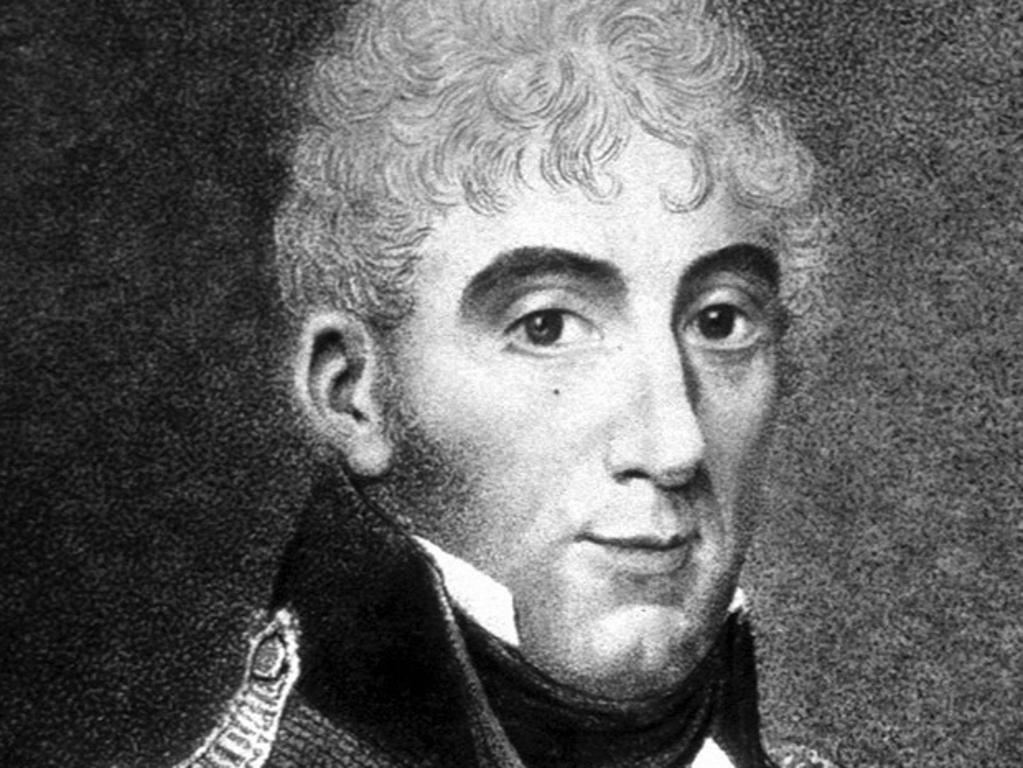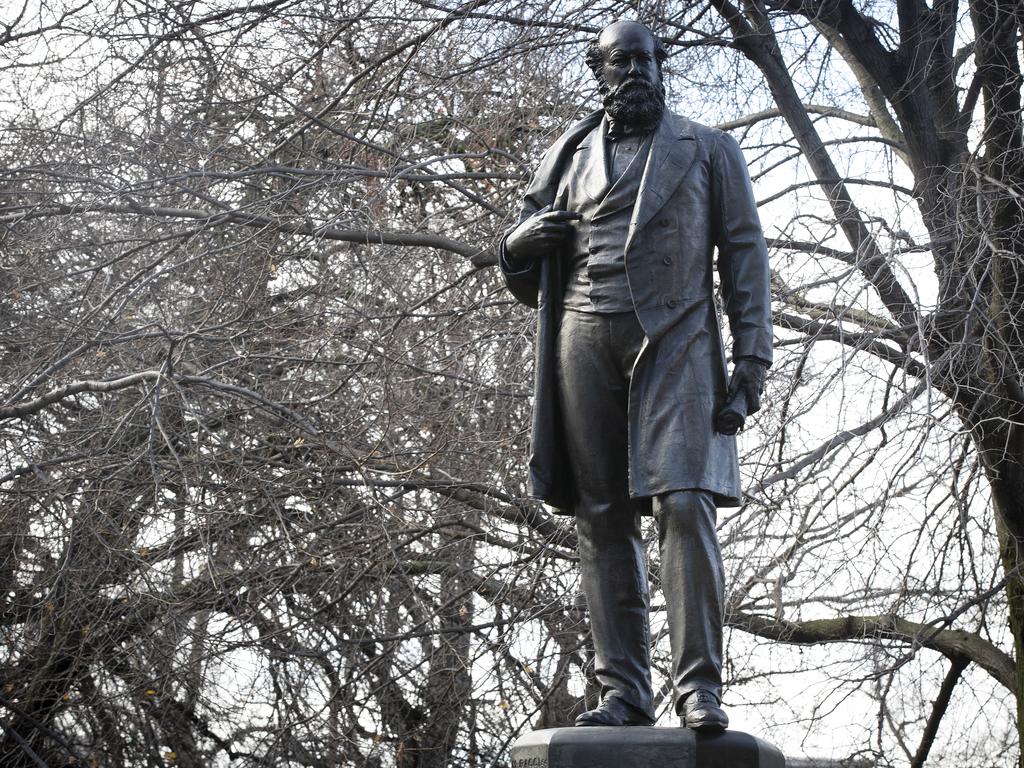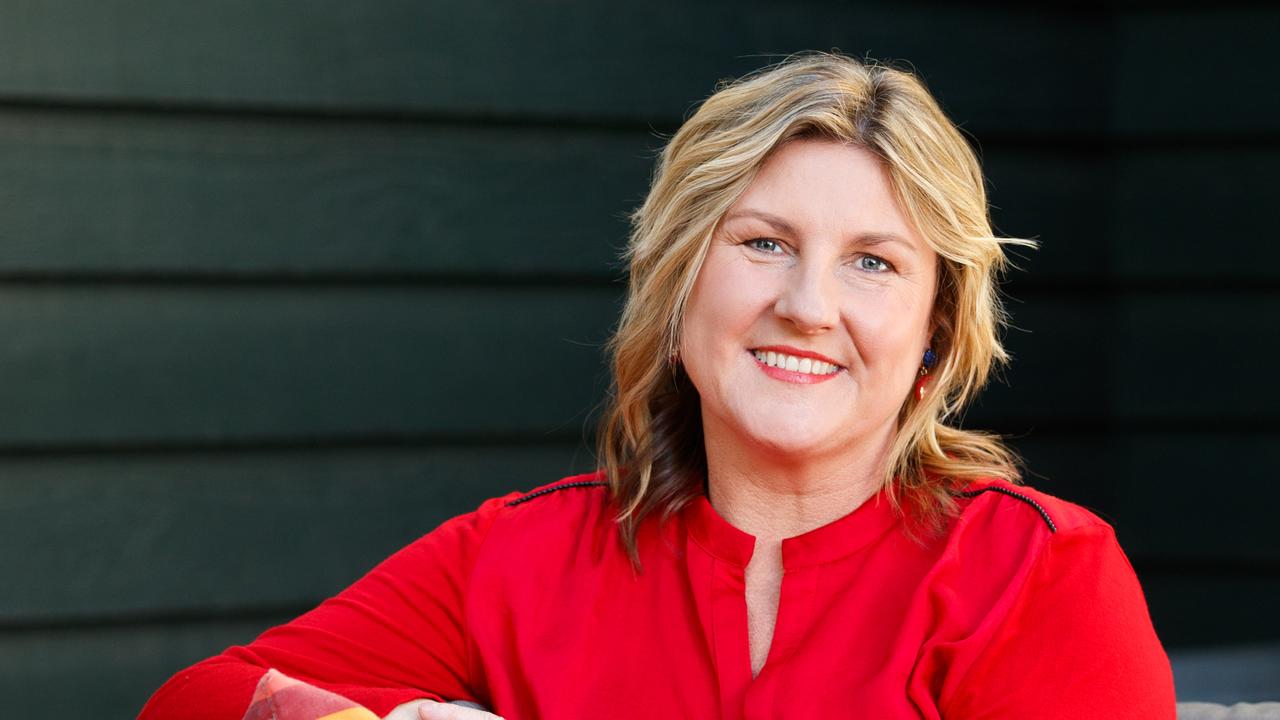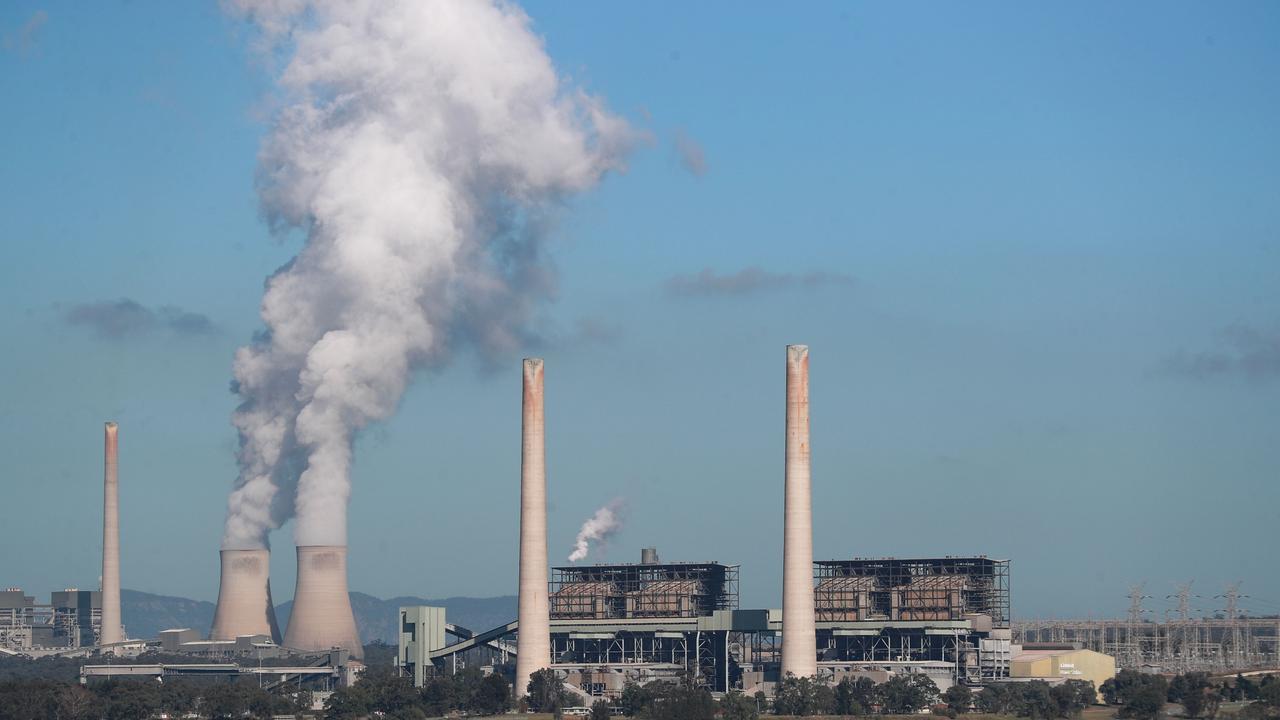William Crowther statue must go: Hobart City Council committee
A committee has voted to remove a Hobart statue of former Tasmanian premier William Crowther over claims he mutilated and stole Aboriginal remains.
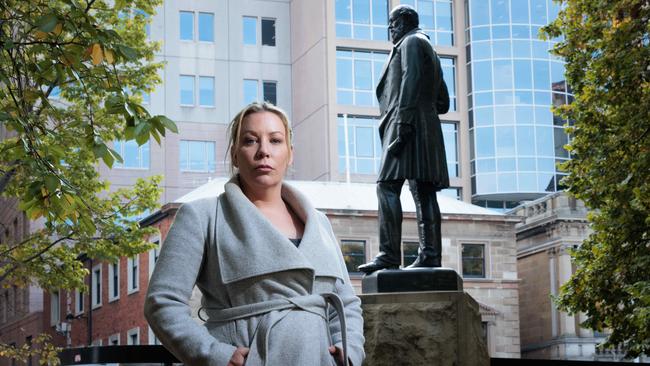
A committee has voted to remove a Hobart statue of former Tasmanian premier William Crowther over claims he mutilated and stole Aboriginal remains.
The verdict on the contentious statue in Hobart’s Franklin Square was delivered by members of Hobart City Council’s Community, Culture and Events Committee on Thursday night.
If backed by a vote of the HCC’s full council on August 15, the large bronze statue will be replaced by interpretative material.
The decision was welcomed by Aboriginal activists, who described the statue as a “glorification” of “racist, barbaric” colonial bone-hunting practices.
However, it was condemned by some historians, who said there was no definitive evidence against Crowther and that 21st century attitudes were being applied to the 19th century.
Crowther was a prominent naturalist, surgeon and premier who in 1869 was accused of severing and stealing the skull from the corpse of Aborigine William Lanne.
A council report accepted by the committee recommends spending $20,000 to remove the statute to storage and $50,000 on “interpretative elements onsite”.
The same report complains there are too many “caucasian males” memorialised across the city and recommends a new policy to guide further statue “additions and removals”.
Tasmanian Aboriginal Centre campaign co-ordinator Nala Mansell said removing the statue was just. “The statue and … glorification of William Crowther acts as a daily reminder – for not just Aboriginal people but to the state, to the nation, and the whole world – of the injustice, the racism, the oppression and invasion of our people,” Ms Mansell told the committee.
“So long as it remains in Franklin Square, the perception will also remain that the HCC supports such racist, barbaric acts against Aboriginal people. How can we claim to have learnt from the past when we continue to celebrate it?
“To decapitate and mutilate someone just because of their race is the wrong thing to do ... That statue symbolises everything that’s happened to Aboriginal people.”
Historian Ian McFarlane pleaded with the committee not to remove the statue. “The idea is to come to terms with history – not create a fantasy, (and) to understand and learn from it – not to seek to destroy and obliterate access to the past,” Dr McFarlane said in a statement.
“This futile attempt to create a fictional world in which offending ideas or beliefs never existed was the forlorn hope of the Brown Shirts, Stalinists and book burners.”
He believed it “likely” Crowther or his son took Lanne‘s skull, but there was “no evidence that I am aware of that would support such a proposition or charge succeeding in any court of law”.
Indigenous historian Greg Lehman – speaking in favour of removing the statue – accused people of “nitpicking” around historic facts and said removal of the statue was relevant to today’s Aboriginal Tasmanians.
Descendants of Crowther had, however, urged the council to retain the statue. “His statue should remain as a reminder and point of learning for us all,” Crowther descendant Hayden Windsor told The Hobart Mercury.
“He was not a cruel or evil man; just a person of his profession in what was an incredible period in our history.”
The statue was erected in 1889.



